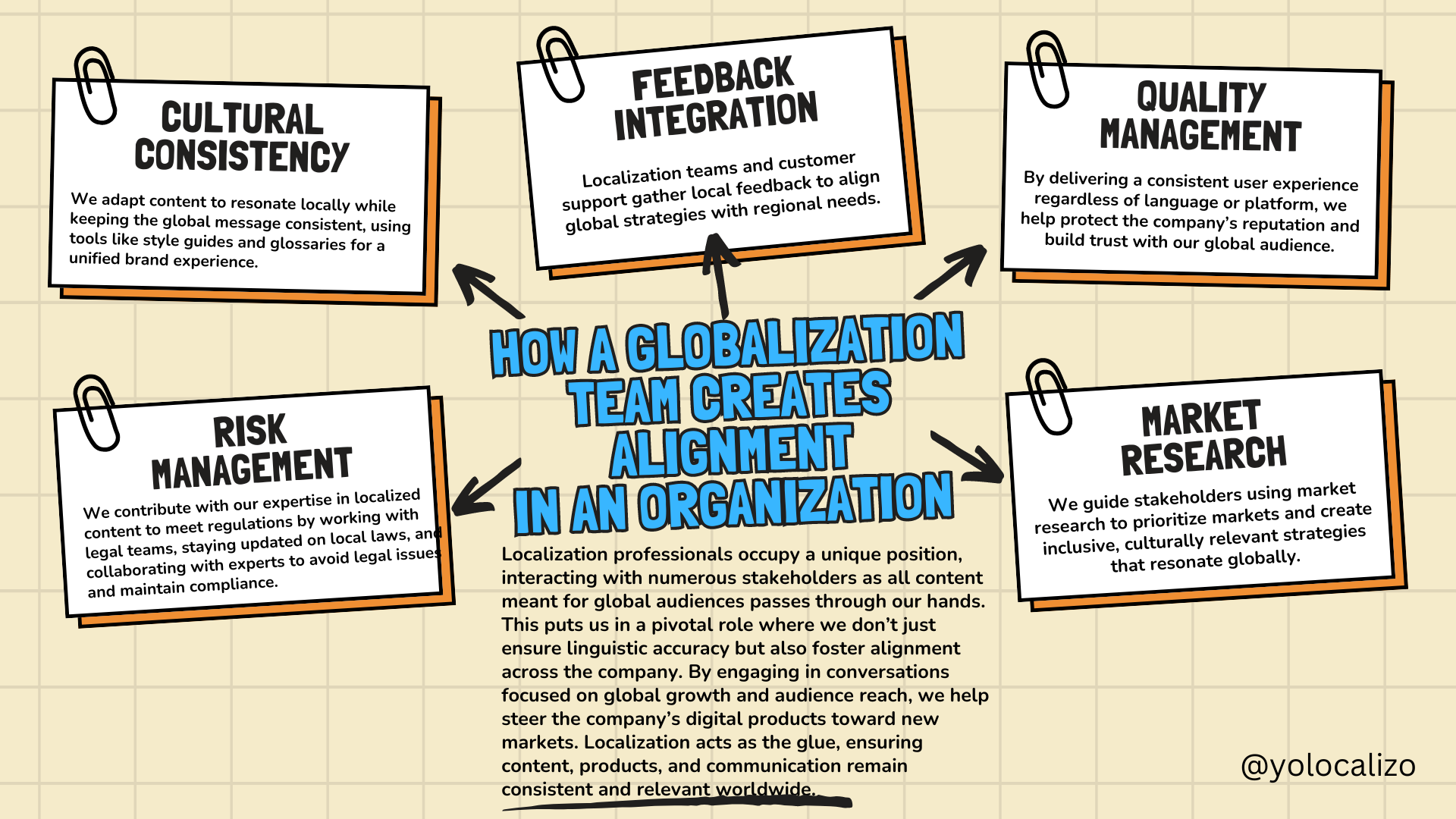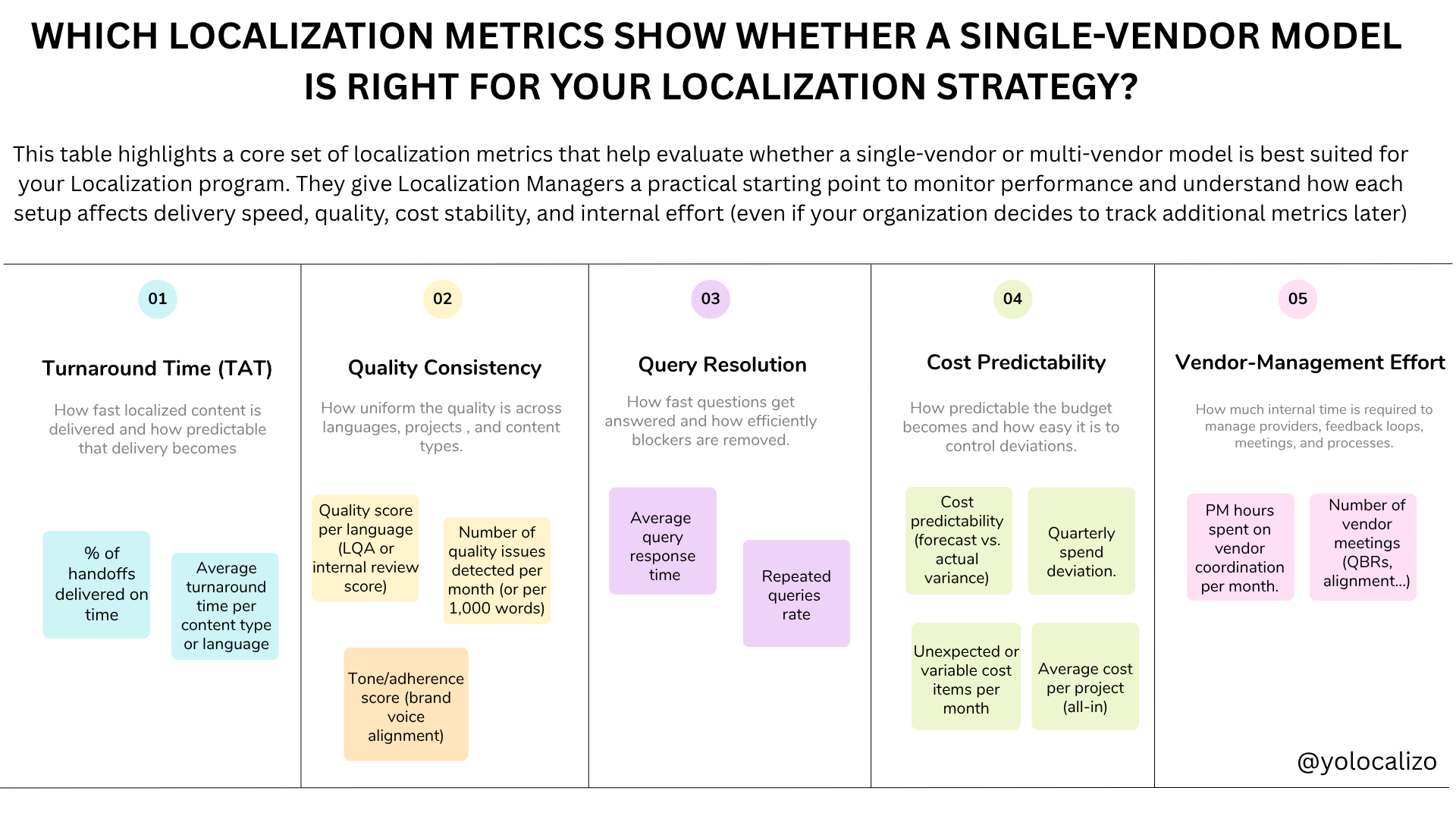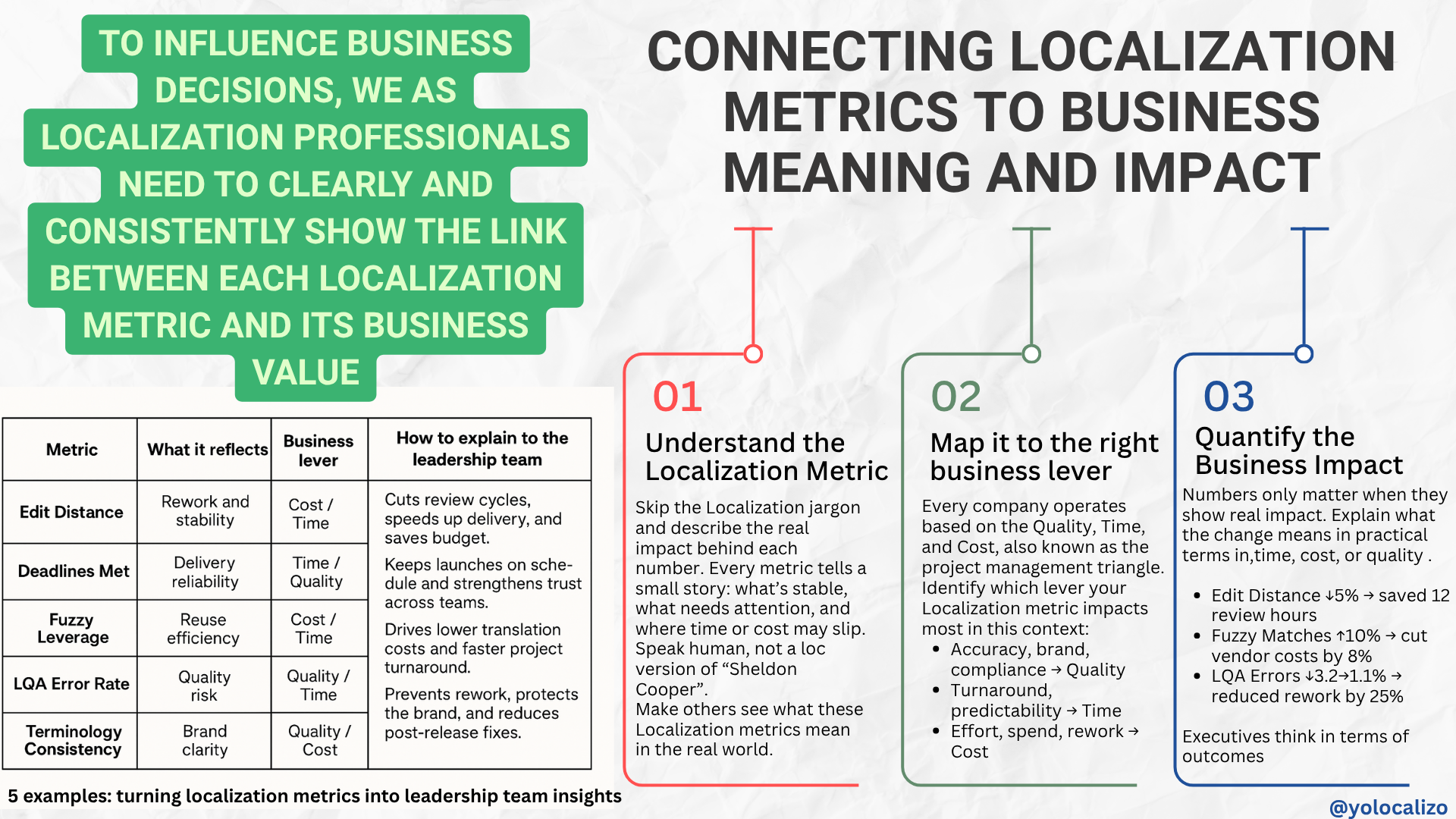The impact of poor translation in the brand quality reputation ... in search of the Holy Grail of the Localization industry
I love classic adventure films! It's my favorite genre.During my teenage years, my favorite adventurer was Indy! Indiana Jones movies were quite popular in the late '80s. I really liked going to the movies to see that mixture of humor, adventure films, and great FX. Maybe my favorite of the saga is Indiana Jones and the Last Crusade.
In the film, they describe the adventures of Indy in the search for the Holy Grail. The Holy Grail has taken many forms and names during the two thousand years of its history. This object is one of the most esteemed by the followers of the Christian Religion. It is supposed to grant immortality to whoever drank from it. The film is a race, a succession of adventures in search of the elixir of eternal youth; and I believe that the Localization industry also has a crusade; we also have long been looking for something that really after working 20+ years in this world it seems to me as mythical as the search for the Holy Grail. And, what is it that we look for with so much insistence? ... Well, what we are looking for is an answer to the ultimate question! Or questions…
- How can we objectively measure the quality of a translation?
- How much does a reputation of a company affect a bad translation?
I think that today we are in a somewhat better situation than years ago when it was really difficult to quantify the quality of a translation. Nowadays there are more media, software, and models that can help us evaluate quality. But the reality is that Quality is a more complex concept that may appear in a first glance. And it is difficult because there is no unique way to define quality.
If we look at the quality gurus we have 3 definitions
1.- Joseph Juran. This engineer defined quality as "fitness for use".
Fitness for use is an interesting concept to define quality, why? a first look at these photos can lead us to an erroneous quality response.
Which car has the highest quality, the one on the right or the one on the left? It depends, if the client wants to move from point A to point B, both cars will have the quality we need from the client's point of view. In that sense the quality definition of “fitness for use” that Juran developed is valid ... however, if what we want is the car to take our cousin who marries and we want to get to church with that car ...... Well, in that's case ... Maybe one car it’s better than the other 😃
2.- Phil Crosby quality definition it was very scientific. It was all about conformance to requirements; this is the favorite definition of the engineers. Or the architects (see below photo). As long as the product or service we are offering or implementing is in accordance with the requirements we can say that the quality is correct. Because if the requirement is on the list and we comply with it, then it is quality according to Crosby's theory. Of course, this can lead to situations that are a little surreal, such as this bathroom that can be found at the Ikea in Malaga 😃
3.- Deming quality definition is more about predictability and statistics.
Quality does not mean the same for everyone; And when it comes to linguistic quality, the concept is even more blurred.
For humans, evaluating translation quality is somehow easy; we can focus on different standards that they have been with us for a while. LISA back in the early days or DQF in recent years.
Sure, we can get reports to assess and determine quality ranking a few categories such as:
- Inconsistency
- Misspelling
- Typographical
- mistranslation
- Accuracy
(Click HERE to get a copy of the LISA model)
But providing a definition of translation quality is a much more difficult task. Does this mean that we should not measure quality? No, absolutely not, I believe that measuring quality is important to detect those cases in which for different reasons our internal processes, our internal staff or our vendors are not doing a good job. Measuring quality is important, but it will not help us 100% to have an answer to the “ultimate question”; which is …how much a good or bad translation affects our perception of brand image?
And one thing is clear, I personally think it affects. As a consumer when I shop on websites and see sloppy or totally ridiculous translations, I do not buy on that site. Maybe I'm a little paranoid, maybe working so many years in the translation industry distorts my field of reality ... but what do you want me to say, to me a translation neglected or made with machine translation without post editing, does not give me a good impression? Am I exaggerated? It can be. But the reality is that when a company has a poorly translated product there are a couple of scenarios that it might happen
- The client does not buy the product because he thinks it is a broken product; Why will you pay for something that does not have the right quality?
- It can also happen that the client does not mind that the product is poorly translated because it values other aspects of the product or service.
So to the question of how much a bad translation affects the image of a brand, my answer is as follows. I DO NOT KNOW.
I do not know the exact number of how much a bad translation affects the perception of quality of a brand, but there’s one thing I have clear, it does not help to build a reputation if we have translation mistakes.
A brand builds its prestige on several pillars, innovation, quality, customer service... I do not think there is a scientific way to isolate how much localization contributes to the (good) reputation of a company, but I am convinced that it influences. In my head, I have the following formula Bad localization = bad brand reputation=less sales. That's my opinion. And I spend a lot of time on Google looking for articles or case studies that give me some clue about whether this equation that I have in my head of bad localization = bad brand reputation is true or not ... that is the search for my Holy Grail, I do not know If I have found it yet, but I have found some studies and statistics that encourage me to continue in the search.
This case study that I found in Statista seems to go in that line of thinking that bad localization affects the perception we have about a product. According to the research, 48 percent of app users in the United States had stopped using an app due to insufficient localization!!
Examples of brands making an epic fail when entering a market there are many ... but if there is a market in the world in which a poor quality is not a good idea ….that country is undoubtedly Japan. And if not, let them ask Taco Bell. Look at this link if you want to have an example of how NOT to do an international expansion.
On a smaller scale, I also found this analysis interesting in this blog about Bird in Hell.It explains and monitors the downloads of an application in several languages ... and analyses what is happening in terms of downloads when we focus on a language with Google Translate instead of with ... humans.
As they say, we only get one chance to make a great first impression. Let's be sure we make the right one by investing in quality localization. It should never be optional. Meanwhile, I will continue looking for the Holy Grail of how to measure the quality of translation and how much it impacts a good or bad translation on the reputation of a brand ... Do you want to come with me to look for the quality Holy Grail? We can be the Indiana Jones of the Localization industry !!! 😃
Please share below comments if you have metrics that they might help us to evaluate quality and brand reputation .. I would love to know more about how you guys are appraoching this crusade.
Have a wonderufl week!
@yolocalizo


















This feels like a pivotal moment. Localization teams are being asked to support more markets, move faster, use AI responsibly, and show impact, not just output. Expectations are higher than ever, but many teams are still trained mainly for execution. We are strong at delivering localization work, yet we often struggle to move from output to outcome and to clearly explain the impact of what we do.